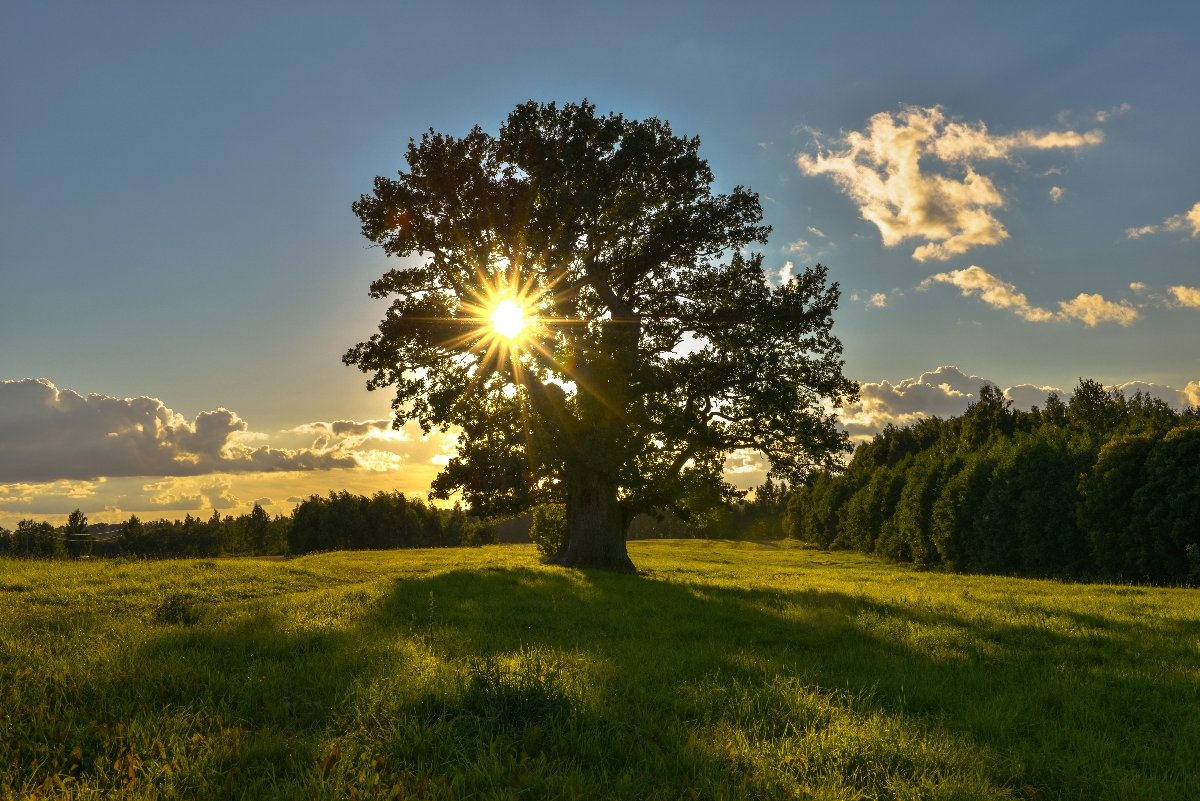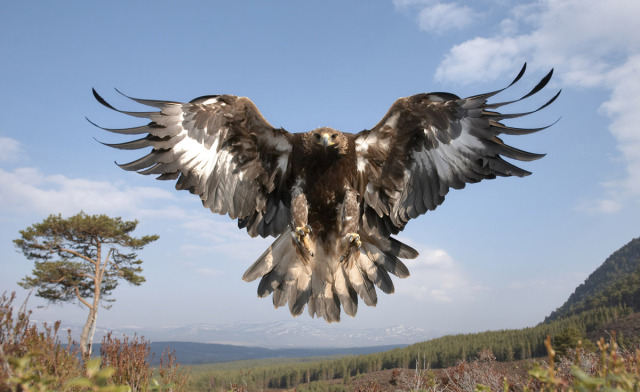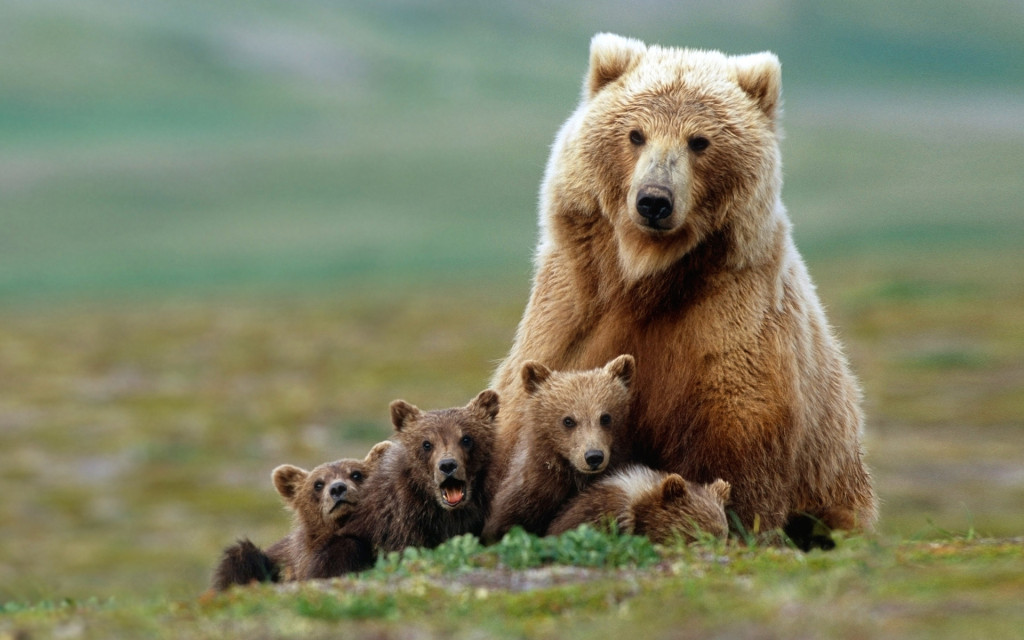California Oak Primer
Oak Primer
Oak landscapes cover more than one eighth of the state of California. There are over 20 species of oak trees in California. Oaks are “keystone species” and play a critical role in maintaining the integrity of our ecosystems. All members of the ecological community depend disproportionately on them. California oak ecosystems are home to:
- About 60 mammal species in California (1/3 of all land mammals in California)
- 5000 species of insects (in one year, one large oak tree can provide habitat and food to over one million individual insects)
- Thousands of invertebrate species (slugs, spiders, worms, etc.)
- Over 100 species of birds (California oak ecosystems are used by millions of birds a year)
- At least 300 land vertebrate species (lizards, frogs, etc.)
If the oaks are gone due to disease or development so are these associated species – triggering a downward spiral.

Oaks have evolved for thousands of years with skilled human management and intimate relationships. Two hundred years ago, acorns were a staple food for a majority of native Californians for whom oaks played a major role in culture, myth and ritual. Acorns were the second most valued currency next to salt in Native California.

Role in Climate
California oaks also play an important role in keeping our climate cool. California oaklands sequester the carbon from 1 billion gallons of gasoline, which is equivalent to 6% of the state’s gasoline emissions
At present, Californians routinely destroy vital oak habitats for development and agriculture. Currently 15% of California oaks are at risk of destruction for development purposes. Additionally, over the last fifteen years, more than a million oak and tanoak trees have died from Sudden Oak Death (SOD) and at least another million trees are currently infected.
Sudden Oak Death
Western science attributes Sudden Oak Death solely to the water mold Phytophthera ramorum, a pathogen that attacks the tree’s vascular system stopping transport of nutrients and water throughout the tree.Others, including Native Americans who hold traditional ecological knowledge, attribute the spread of SOD to the drastic change in human relationship and management regimes including fire suppression.
As foretold by the Indigenous traditions, we have stopped caring for our oaks and they are dying. Regardless of your belief system, Sudden Oak Death is resulting in dire changes in species composition and ecosystem functioning throughout our once vibrant oak lands . After two decades of focused academic research, we possess minimal tools to stem the SOD epidemic.
Go Wild Institute believes we must restore our relationship to our oak lands so we can appropriately address the problems facing California oaks with a mindset that is rooted deeply from within the web of life.

